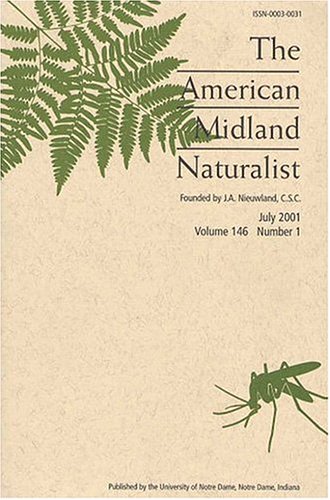Abstract
Developing a conservation plan for threatened plant species requires a solid understanding of seed germination ecology. The aims of this study were: (1) to discover the requirements for embryo growth, dormancy breaking, and germination; and (2) to determine the effect of seed age on embryo growth and germination of Narcissus alcaracensis (Amaryllidaceae), an endangered Mediterranean daffodil endemic to southern Iberian Peninsula. The phenologies of germination and embryo growth were studied in natural conditions. Temperature requirements for embryo growth and germination, and the effect of gibberellic acid (GA3) on germination were determined by incubating seeds under controlled laboratory conditions. In natural conditions, embryo growth starts in late autumn. Seedlings emerge in late winter shortly after the embryos reach a critical length of 3.3 mm, quite longer than the initial embryo length at dispersal (1.42 mm). In the laboratory, embryo growth occurs during a prolonged incubation period at 5 C. Stratification at 5 C breaks the physiological and morphological dormancy, enabling seeds to germinate at a wide range of temperatures. Cold stratification at alternating day/night temperatures of 9/5 C or constant day/night temperatures of 10 C also promoted germination. The velocity of embryo growth and germination percentages increased with seed age. Seeds of N. alcaracensis show intermediate complex morphophysiological dormancy (MPD). This is the first time that this level of MPD was detected in Narcissus, and the second one reporting an increase of embryo-growth velocity with seed age in morphophysiologically dormant seeds.



Leave a Reply